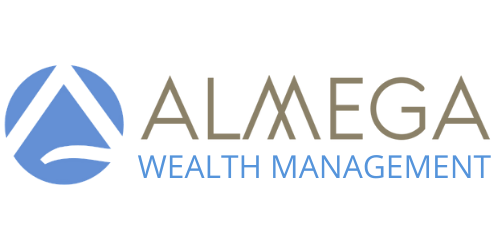With the signing of the SECURE ACT 2.0, anybody over the age of 70 1/2 may fund a Charitable Remainder Trust with a QCD of up to $50,000.
A QCD is short way of saying Qualified Charitable Distribution. A QCD allows people to donate up to $100,000 from their IRA each year to qualified charities. This is a very beneficial feature as the money is donated to the charity directly from the IRA. This means you don’t have to first withdrawal the money from an IRA, which is subsequently reported on your taxes. Instead the QCD effectively bypasses your tax return.
In 2018, the laws surrounding IRA account changed pertaining to beneficiary distributions. You may have heard the term Stretch IRA previously used. In 2018, the Stretch IRA provision was eliminated, and anybody receiving an IRA from a non-spouse upon their death requires all the money in the IRA to be taken out within 10 years of receiving it. This has the potential to create an interesting tax situation for the beneficiary. Let’s say for example, you inherit a $1,000,000 IRA from a parent. Assuming no growth, the withdrawals over 10 years have the potential to increase your tax bracket. On the flip side, if you are relatively young when you inherit an account like this there would be serious benefit to stretching the withdrawals out over your lifetime.
A Charitable Remainder Trust can be a very powerful estate planning tool. The Charitable Remainder Trust starts with a donation by a grantor into the trust, the trust then pays an annual payment back to the grantor, or other beneficiary. The original donation is tax deductible. The annual payments are taxable to the beneficiary. At the death of the beneficiary whatever money remains in the trust goes to a charity or charitable foundation.
Owners of larger IRA accounts often will create a Charitable Remainder Trust to distribute the value of the IRA out over the beneficiary’s lifetime versus a 10 year period. Depending on the situation, we at Almega Wealth Management, view this as a very attractive scenario. Imagine someone in their late 80s who has selected a grandchild as their IRA beneficiary. Directing the IRA at death to fund a Charitable Remainder Trust for the grandchild has significant tax saving advantages to consider.
Now the SECURE ACT 2.0 allows you, one-time, to fund a charitable remainder trust with a QCD. The limit on the transfer to a charitable remainder trust by a QCD is $50,000. Again, this may only be done once.
The IRS has stated when you fund a charitable remainder trust with a QCD that specific charitable remainder trust may only be funded from an IRA. This means you cannot both fund a charitable remainder trust with a QCD and other sources. The funding mechanism may only be money from an IRA.
We at Almega Wealth Management are not yet 100% convinced this strategy is a good idea. First, a $50,000 charitable remainder trust is relatively small and the expense of setting this up may be significant. Typically, an estate planning attorney will charge $5,000 to write the trust documents necessary. Second, most charitable remainder trusts are managed by a professional trustee. Professional trustees typically charge $2,500 to $5,000 minimum annually to administer a trust.
The only benefit we see to this strategy is reducing the value of the IRA account for required minimum distributions. While this might save as much as $5,000 a year in taxes, on the high end, we don’t think it offsets the costs.
On the flip side, funding a charitable remainder trust with $1 million or more from the IRA at the death of the IRA owner really starts to make sense. Of course each situation is unique — you should always consult with your CPA, lawyer, and financial advisor before executing this strategy.
In conclusion, while you are allowed by law to fund a charitable remainder trust with a QCD we are not yet convinced this is the smartest strategy. In the next couple of years we should start to see some case studies and additional guidance from the IRS which could change our mind.
Click here to explore becoming a client of Almega Wealth Management.
